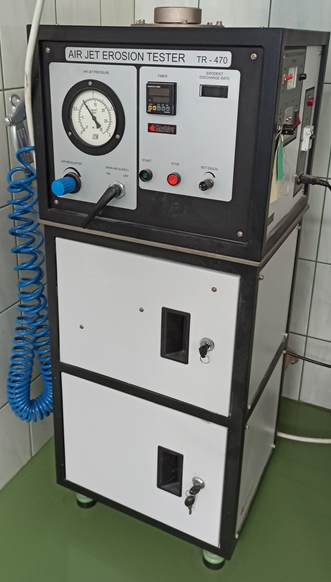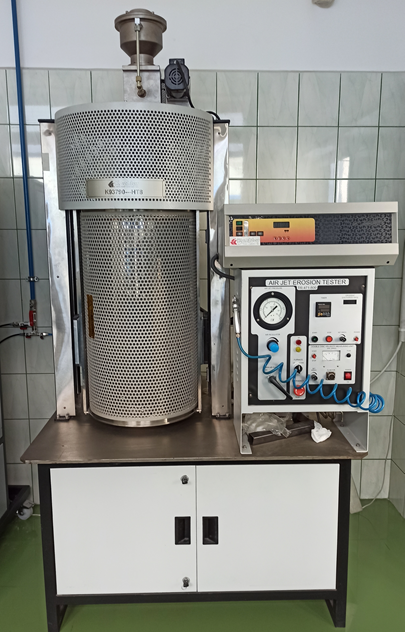In the Laboratory of Heat Treatment and High Temperature Corrosion (P6), heat treatment processes of nickel and titanium superalloys, tool and bearing steels at temperatures up to 1350°C are carried out, as well as carburizing and nitriding processes for low-alloy steels with the use of acetylene and ammonia. Hardening processes are carried out using a modern high pressure gas method with the use of N2 and Ar medium.
The basic equipment of the heat and thermo-chemical treatment laboratory is:
- Vacuum Heat Treatment Mono Therm furnace HK.446.VC.10.gr – A single-chamber vacuum furnace for carburizing, nitriding and carbonitriding with acetylene and ammonia in a nitrogen atmosphere or in a vacuum. The furnace is equipped with a heating system with a total power of 80kW. The batch chamber with a capacity of 3m3 and a working space of 600x400x400 mm is equipped with a set of 9 sheathed thermocouples with the possibility of temperature measurement with an accuracy of 2°C. The heating process can be carried out by convection up to 950°C (under nitrogen atmosphere) or by radiation up to 1150°C (under vacuum).
The furnace is equipped with a vacuum system consisting of a rotary pump and a Roots pump, thanks to which the process can take place in a vacuum of up to 9 × 10-3 bar.
The furnace is equipped with a system for high-pressure gas quenching in a nitrogen atmosphere at a pressure of up to 10 bar.
The HK.446.VC.10.gr furnace is certified in accordance with the AMS 2750 standard for the production and processing of components used in the aviation industry.
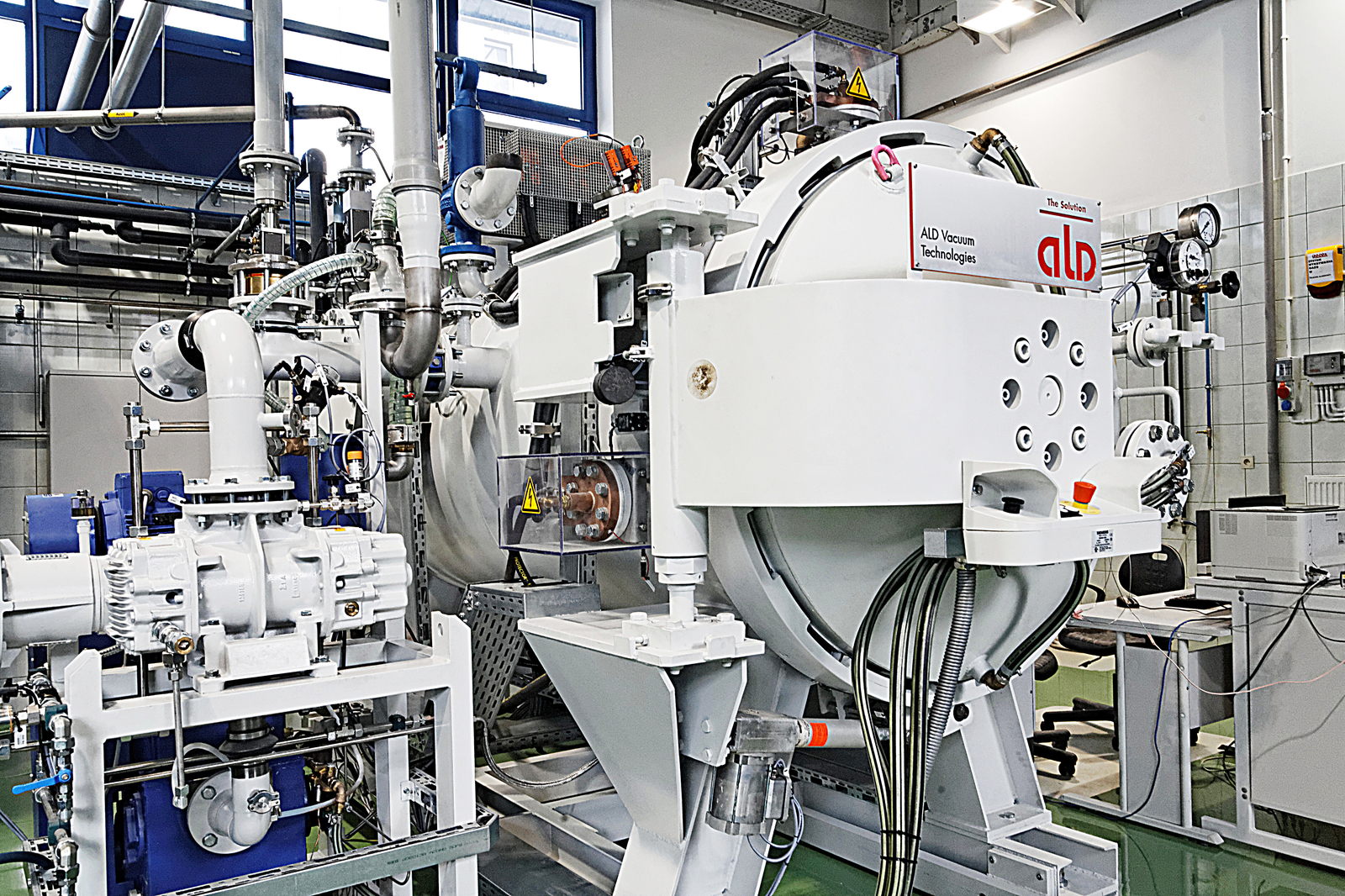
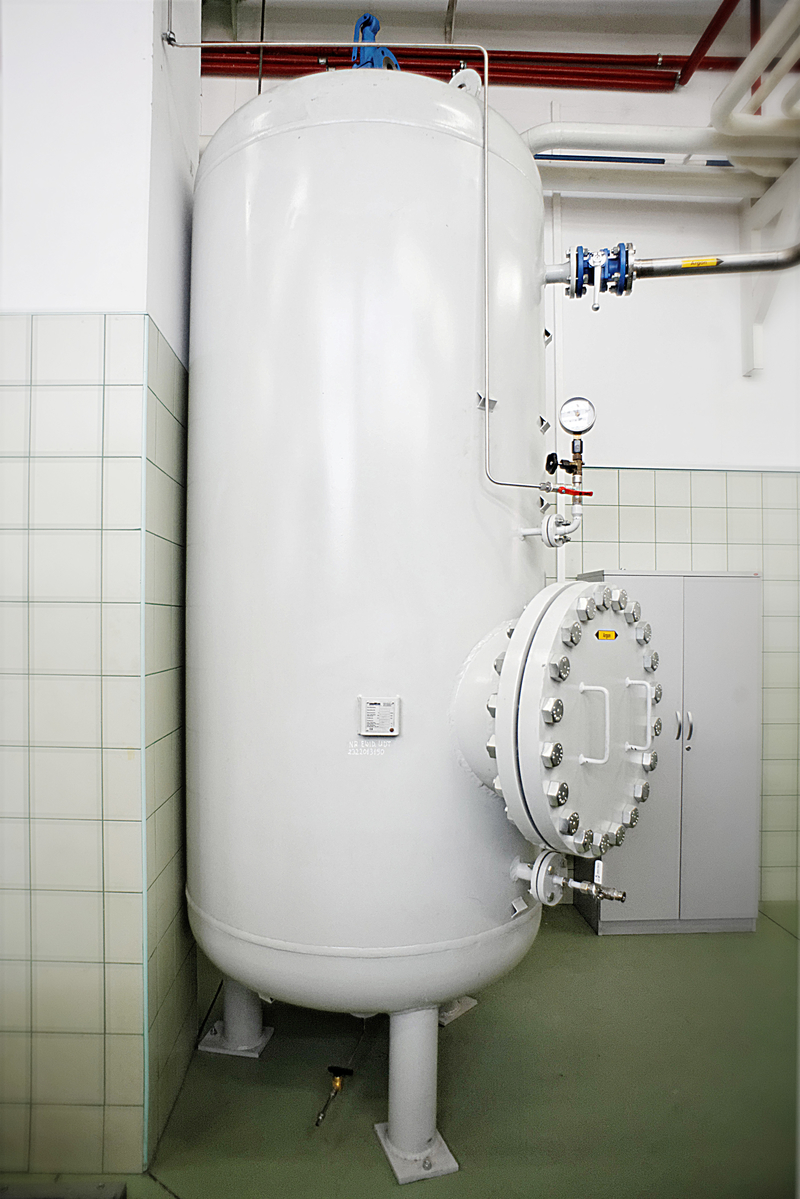
- Vacuum Heat Treatment Mono Therm HK.446.N.20.gr – A single-chamber vacuum furnace used in the heat treatment of nickel superalloys. The furnace is equipped with a heating system with a total power of 80kW. The batch chamber with a capacity of 3m3 and a working space of 600x400x400mm is equipped with a set of 9 sheathed thermocouples with the possibility of temperature measurement with an accuracy of 3°C. The heating process can be carried out by convection up to 950°C (in an argon or helium atmosphere) or by radiation up to 1350°C (in a vacuum).
The furnace is equipped with a vacuum system consisting of a rotary pump and a diffusion pump, thanks to which the process can take place in a vacuum up to 5 × 10-5 bar.
The furnace is equipped with a system for high-pressure gas quenching in an argon or helium atmosphere at a pressure of up to 10 bar.
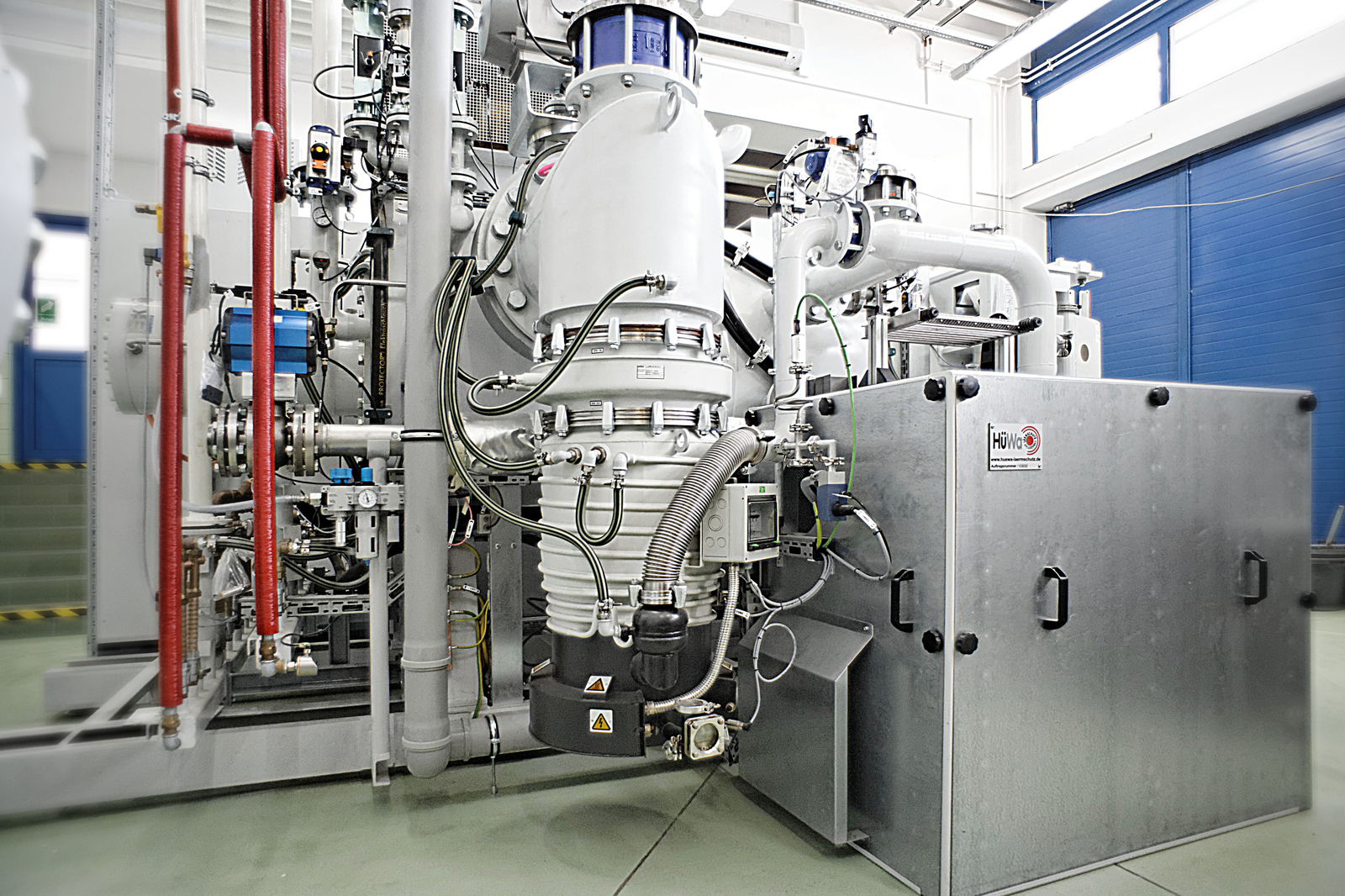
- CVD Ion Bond device - allows heat treatment processes to be carried out in protective atmospheres (argon, nitrogen, etc.) as well as in reactive gases (hydrogen). The device also makes it possible to modify the surface layer of iron, nickel, titanium alloys by thermo-chemical treatment in the processes of nitriding, carburizing, nitrocarburizing, boriding, etc. The device is also used to produce protective layers on the surface of iron and nickel alloys. The device also makes it possible to produce abrasion-resistant layers, heat-resistant layers on the matrix of the NiAl phase by low- and high-activity processes including hafnium- and zirconium-modified layers on parts on the substrate of nickel and cobalt superalloys.
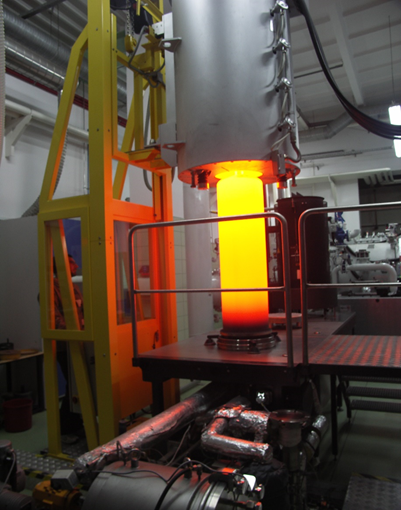
In addition, the Laboratory is equipped with a number of furnaces that make it possible to conduct heat resistance tests on metallic materials and their alloys:
- Chamber furnaces: operating temperature range: 500 - 1500℃ in air atmosphere,
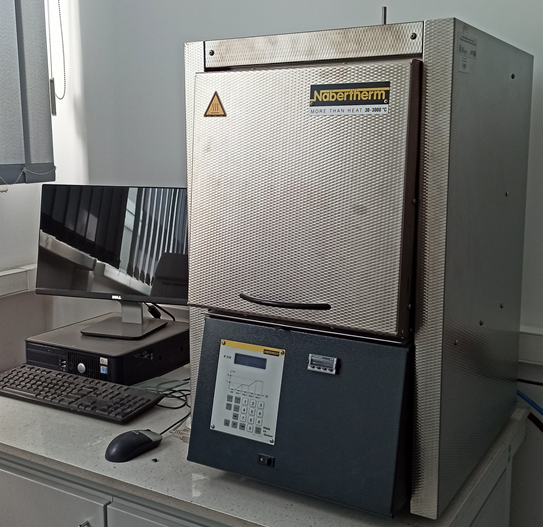

- Tubular furnaces: operating temperature range: 500 - 1050℃ in atmospheres: air, air with 20% water vapor, Ar-XO2, Ar-XO2-20%H2O,
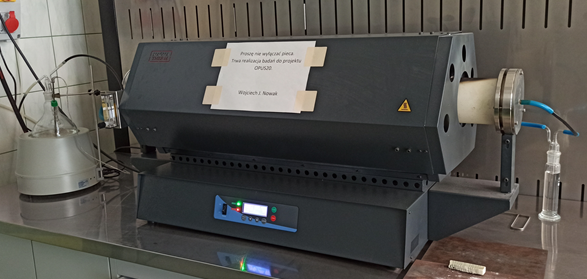
- Thermogravimetric furnace: operating temperature range: 500 - 1050℃ in atmospheres: air, air with 20% water vapor, Ar-XO2,
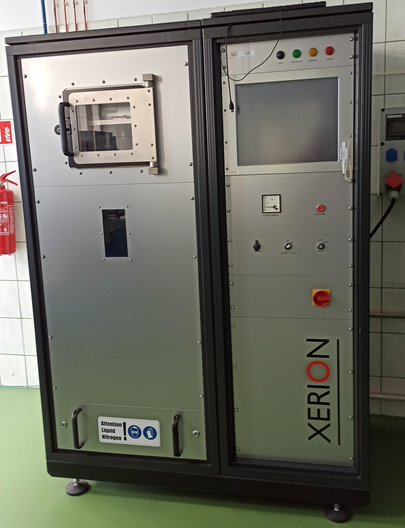
- Xerion XTube automatic cyclic oxidation furnace: 2.5h/0.5h cycles, operating temperature range: 500 - 1050℃ in atmosphere: air, air with 20% water vapor, Ar-XO2, Ar-XO2-20%H2O,
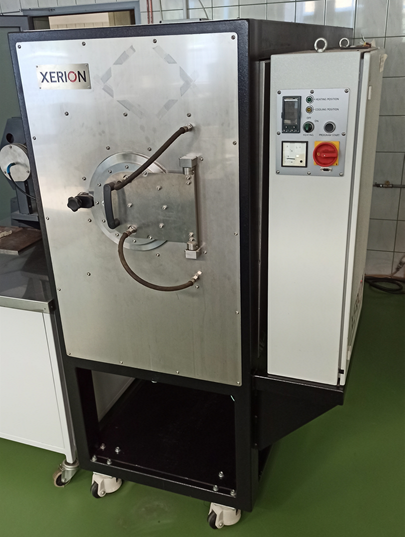
- Czylok SCZ 120/150 heat shock test oven, working temperature range: 500 - 1200℃, atmosphere: air, cycles 2h/15min, compressed air jet cooling,
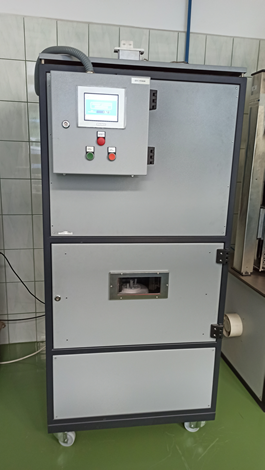
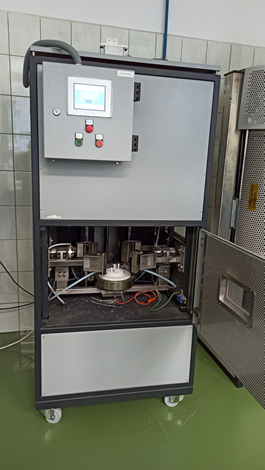
- Gas turbine GUNT ET 794 - Tests heat resistance of materials directly in the combustion chamber of gases: propane-butane, methane, etc., the possibility of controlling the temperature in the combustion chamber by installing a thermocouple,

- Stand for determining erosion resistance (Koehler K93700 Air Jet Erosion Tester TR-470) and corrosion-erosion at temperatures up to 800℃ (Koehler K93790/HT8 Air Jet Erosion Tester TR-471-800)
